Superfluid-Cooled Transmon Qubits under Optical Excitation
2025-07-11 15:09
1261 浏览
PRX QUANTUM 6, 030303 (2025)
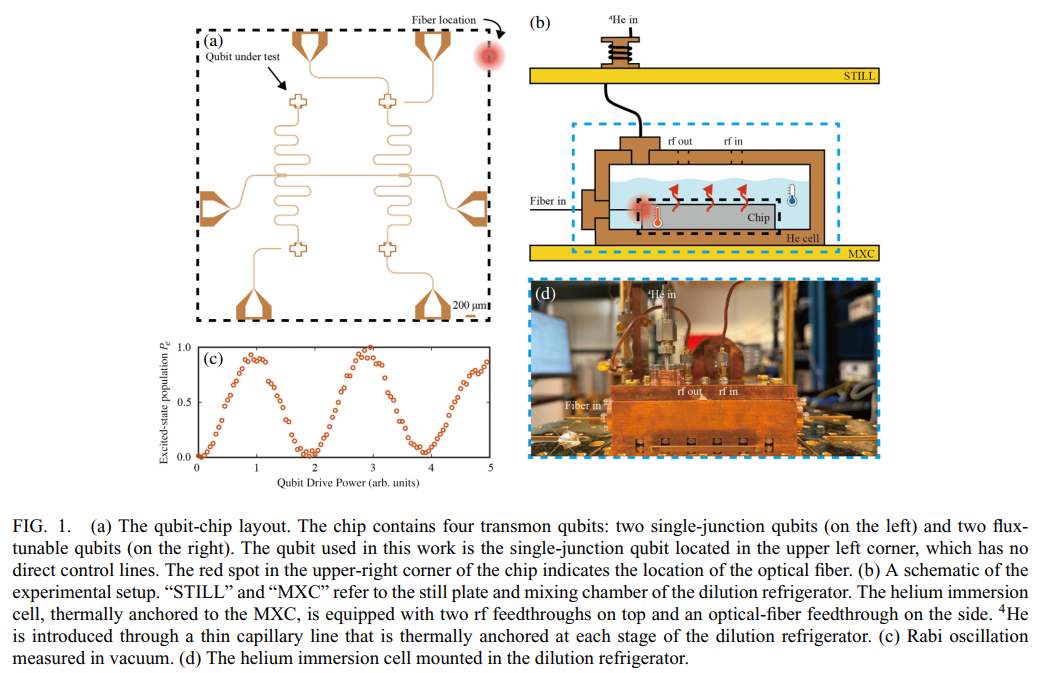
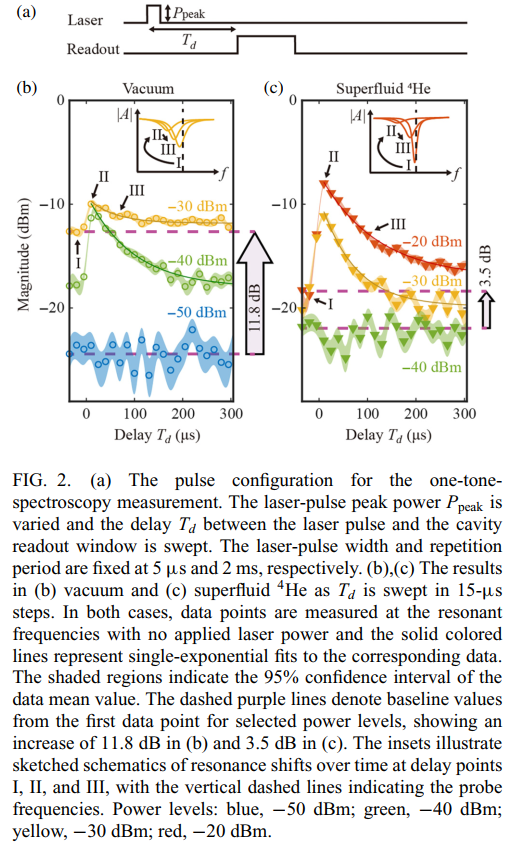
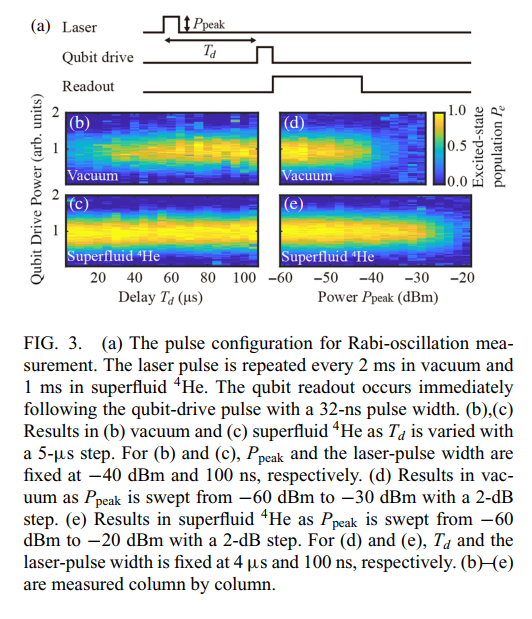
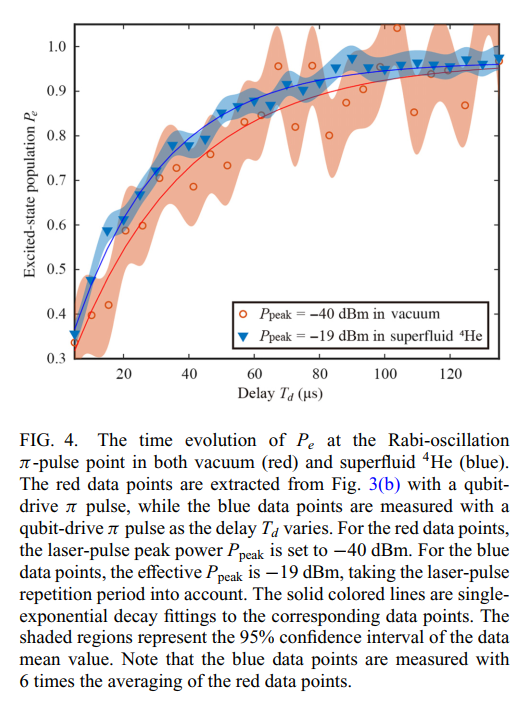
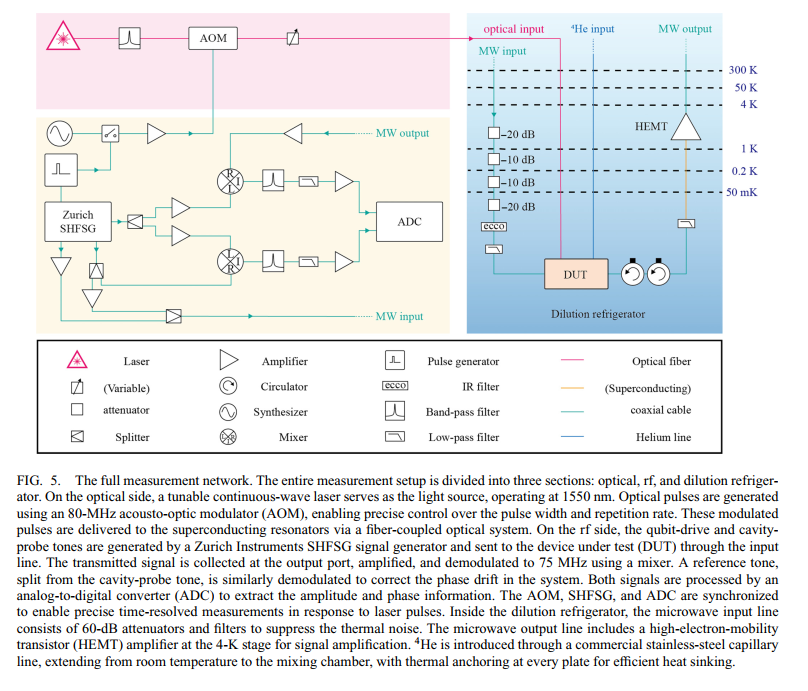
Microwave-to-optical quantum state transfer enables the interconnection of remote superconducting quantum processors via optical-fiber links. Achieving high conversion efficiency necessitates an intense optical pump, yet direct optical exposure of superconducting circuits often degrades their performance. Efficient and fast thermalization of superconducting qubits is therefore essential. To achieve this, we immerse a laser-illuminated transmon qubit in superfluid helium-4 and investigate its behavior. We observe that the qubit recovers significantly faster in superfluid helium than in vacuum, with an improvement in power handling by over 10 dB. This enhanced cooling capacity supports higher optical pump powers, shortening recovery times after high-power optical pulses. These findings open a promising pathway for future efficient implementation of microwave-to-optical quantum transduction devices.





To summarize, the present study immerses a thinfilm superconducting transmon-qubit chip in superfluid 4He and performs time-dynamics measurements of onetone spectroscopy and Rabi oscillations, comparing results in both vacuum and superfluid 4He. The associated findings demonstrate that superfluid 4He serves as an efficient coolant for quantum superconducting circuits, significantly enhancing thermal handling and supporting improved qubit performance under optical excitation. In the broader context of quantum information processing [63–65], the enhanced stability and power handling provided by superfluid 4He could significantly advance hybrid quantum systems, making optically active superconducting devices more reliable for tasks such as photon-to-qubit state transduction [6–11,66] and scalable quantum network construction [67–69].
